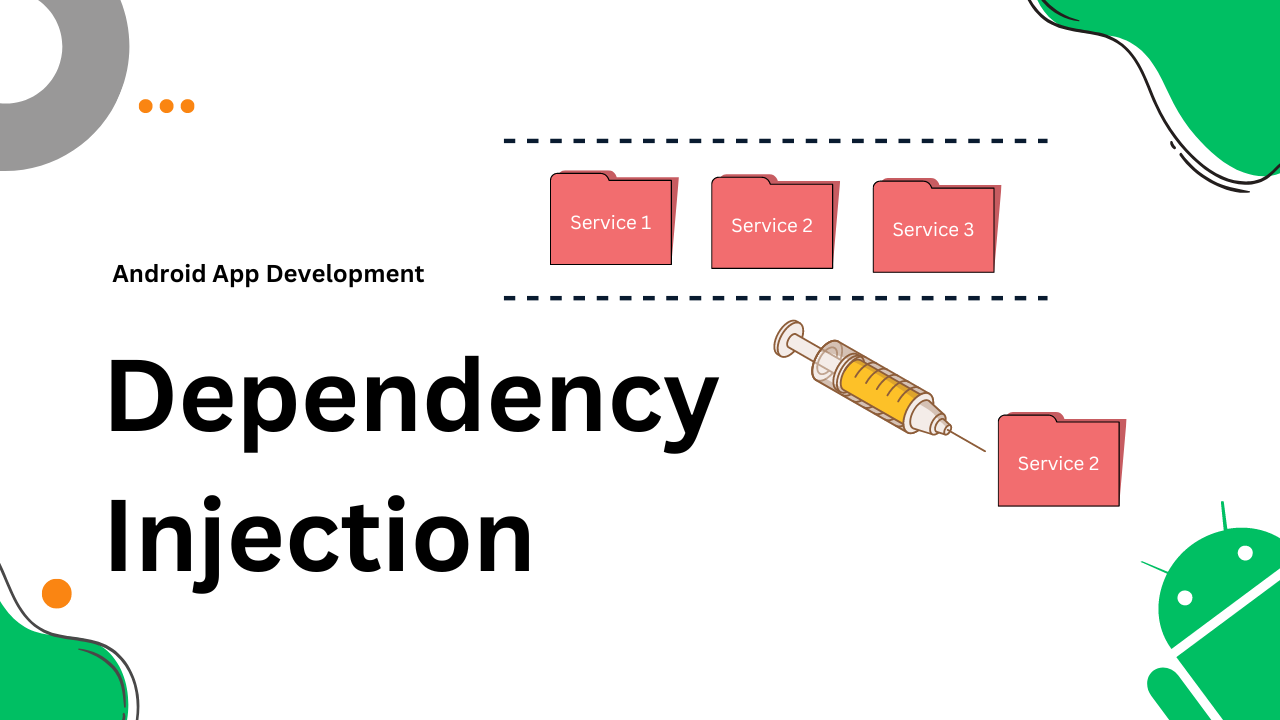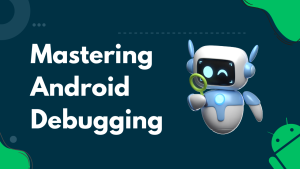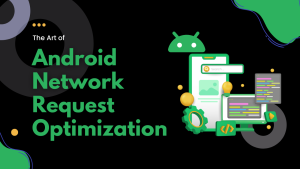Introduction:
In the world of Android app development, building maintainable, scalable, and testable applications is a top priority. One powerful technique that aids in achieving these goals is Dependency Injection (DI). In this blog, we’ll dive into the concept of Dependency Injection, understand its significance in Android development, and explore how it can streamline your app architecture.
What is Dependency Injection?
Dependency Injection is a design pattern that addresses the issue of tight coupling between components in a software system. In Android, it allows you to provide external dependencies to a class instead of having the class create them itself. This promotes separation of concerns and modular design, leading to more manageable and testable code.
Benefits of Dependency Injection in Android:
- Modularity and Separation of Concerns:
By decoupling components and their dependencies, DI enhances modularity. Each component is responsible for its own functionality, making the codebase easier to understand and maintain. - Testability:
DI facilitates unit testing by allowing you to inject mock objects or test doubles. This ensures that you can isolate components and thoroughly test them without needing to interact with real dependencies. - Flexibility:
With DI, you can easily switch out implementations or configurations of dependencies without modifying the consuming code. This flexibility is invaluable when adapting your app to changes or experimenting with different features. - Code Reusability:
Injected dependencies can be reused across different parts of your app. This reduces code duplication and promotes a more consistent architecture. - Readability and Maintainability:
By making dependencies explicit through injection, the relationships between components become clear, improving code readability. Additionally, maintaining and extending the app becomes less error-prone due to the well-defined structure.
Implementing Dependency Injection in Android:
There are several popular DI frameworks available for Android, such as Dagger 2 and Hilt. These frameworks provide the necessary infrastructure to manage dependencies effectively.
* Dagger 2:
Dagger 2 is a widely used DI framework that generates optimized code for dependency injection. It relies on annotations and compile-time code generation to create the necessary injection code. Components, modules, and annotations define how dependencies are provided and injected.
* Hilt:
Hilt, developed by Google, is built on top of Dagger 2 and offers a simpler way to integrate DI into Android apps. It reduces boilerplate code by generating components and modules automatically, making it easier to set up and maintain.
Conclusion:
Dependency Injection is a cornerstone of building robust and maintainable Android applications. By embracing this design pattern, you can achieve modularity, testability, and flexibility in your codebase. Whether you choose to use Dagger 2, Hilt, or any other DI framework, understanding and implementing Dependency Injection will undoubtedly contribute to your success as an Android developer. Happy coding!
Remember, the key to mastering Dependency Injection lies in practice and experimentation. So, go ahead and start injecting dependencies to unlock the true potential of your Android app architecture.




